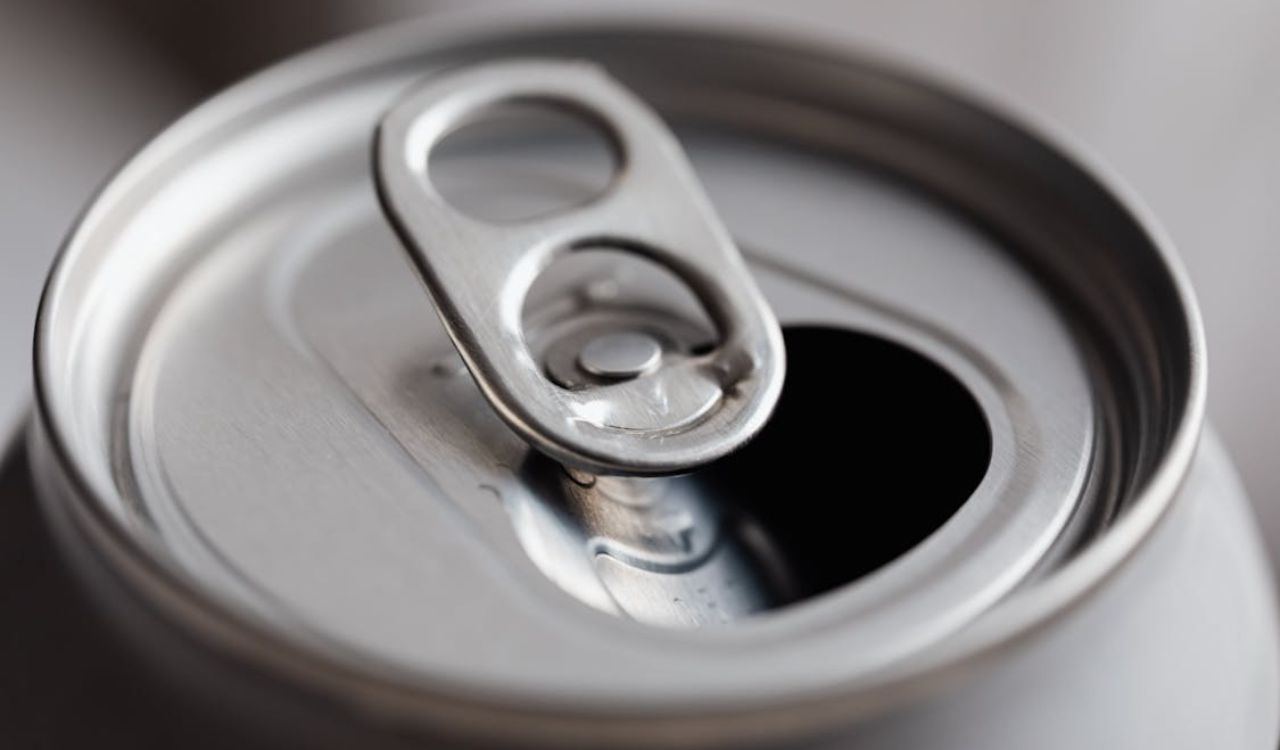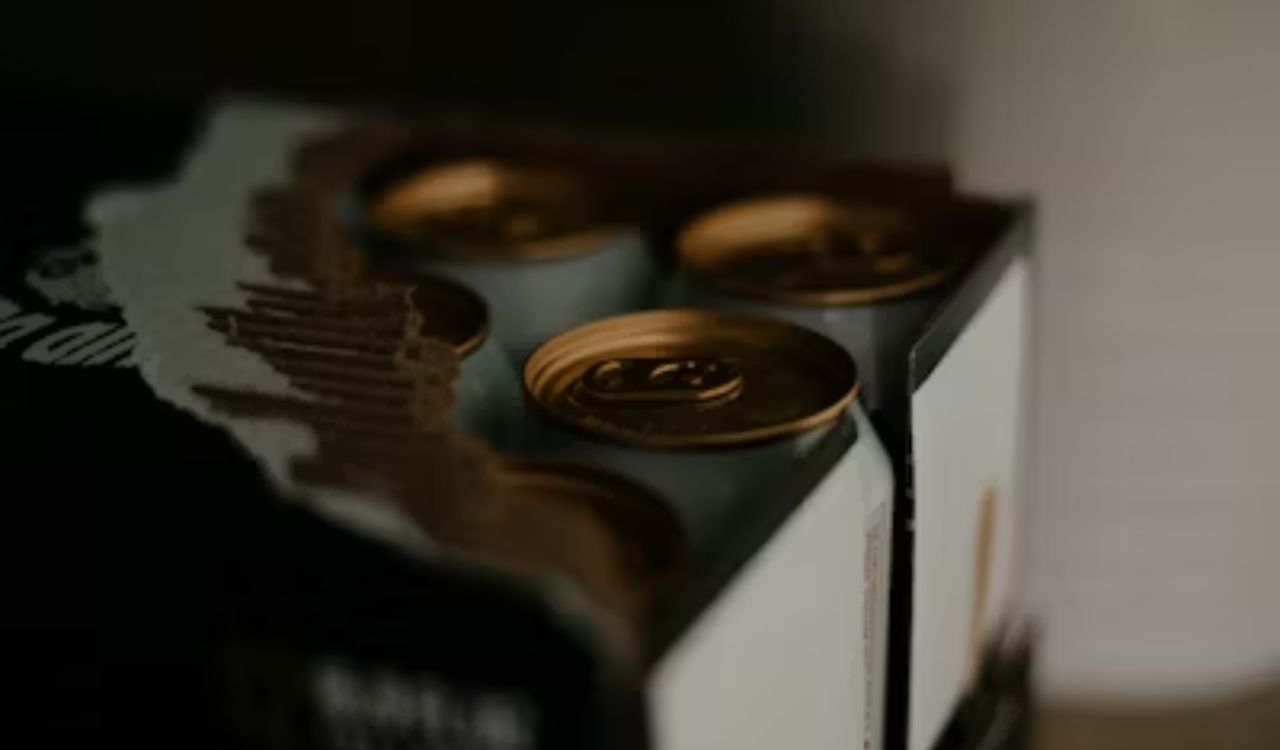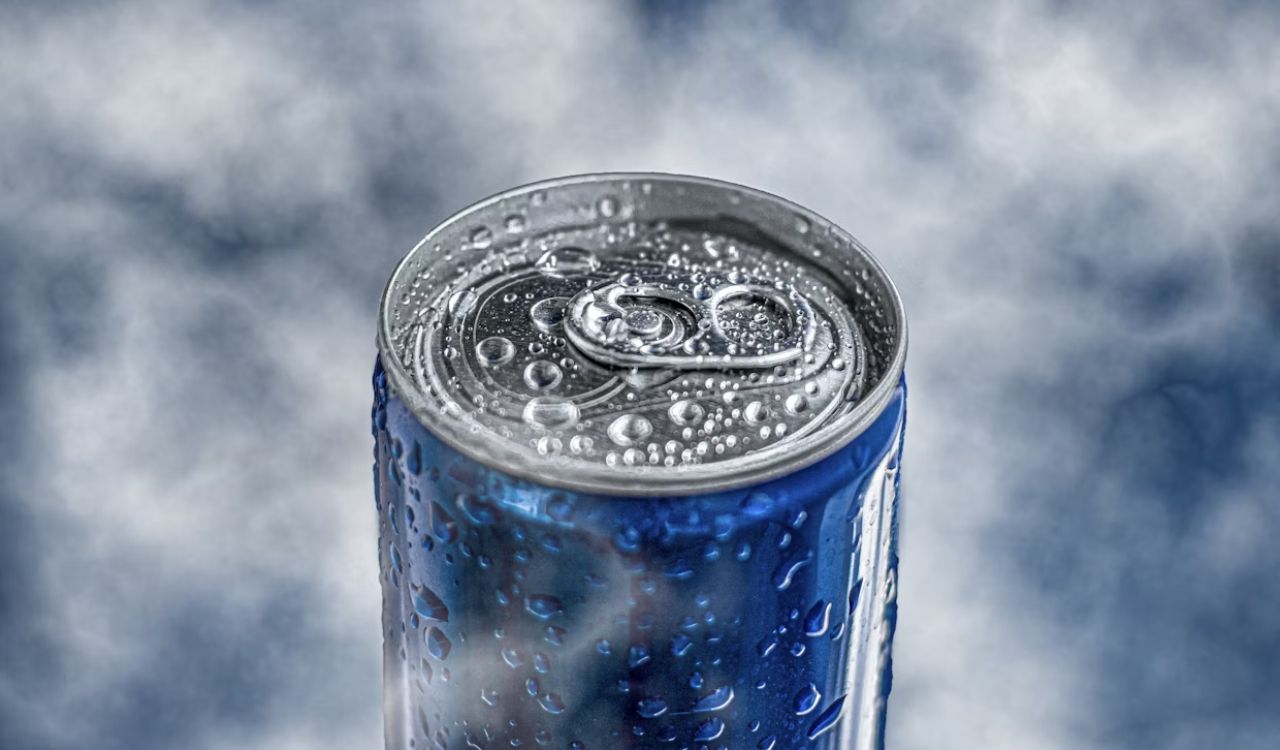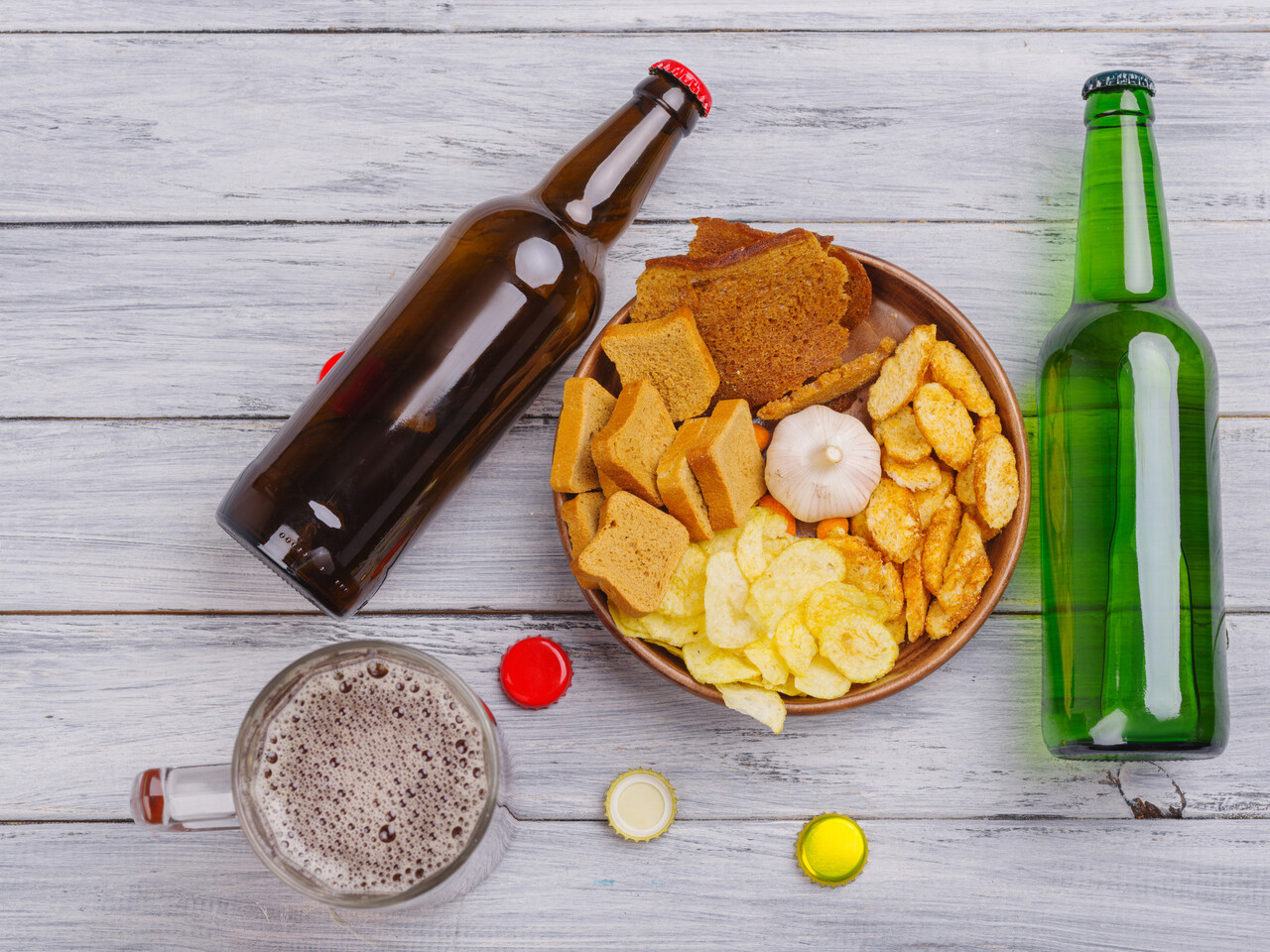Why Canned Water Never Became as Popular as Bottled Water

Bottled water is everywhere, from office desks to gym bags, but canned water has yet to find the same success. On paper, it seems like a smart idea: recyclable aluminum, less plastic waste, and sleek packaging. Yet despite growing environmental awareness, consumers have not embraced canned water as a daily staple. The reasons lie in convenience, cost, and the power of habit. Understanding why bottled water dominates helps explain why canned water has remained a niche.
The Rise of Bottled Water

The bottled water industry is one of the most successful beverage markets in history. By 2024, it was valued at approximately 348 billion US dollars, and experts expect it to grow at an annual rate of around 6.4 percent through 2030. Plastic bottles, especially those made of polyethylene terephthalate (PET), make up more than 80 percent of global sales volume. The infrastructure built to support bottled water is massive, from factories and transport networks to retail shelf placement.
People buy bottled water for convenience and trust. In many regions, consumers associate bottled water with purity and safety. It is resealable, easy to carry, and available in a wide range of sizes. Decades of marketing have also shaped bottled water into a lifestyle product rather than just hydration. These factors have created habits that are difficult to change. Canned water, on the other hand, is still seen as a novelty rather than a necessity.
Why Canned Water Struggles to Compete

Canned water sounds like an eco-friendly idea, yet it faces multiple challenges in practicality, cost, and perception. These factors have kept it from matching the widespread appeal of bottled water.
Packaging Limitations
A key disadvantage of canned water is its lack of resealability. Most aluminum cans come with a pull-tab opening, which means once opened, they cannot be closed again. That makes them less useful for people who drink water gradually throughout the day. Bottled water, by contrast, can be closed, stored, and reused several times.
Standard can sizes also create limitations. Most canned waters are sold in 12- or 16-ounce containers, compared to bottled water that can be purchased in everything from small 330-milliliter sizes to large multi-liter jugs. This makes bottled water far more adaptable for consumers who want flexibility. For most people, the convenience of a plastic cap outweighs the environmental benefit of a can.
Cost and Accessibility
Price is another major factor. A 12-pack of premium canned water typically costs significantly more than a 24-pack of standard bottled water. The difference comes from production costs, packaging materials, and smaller scale. Aluminum is more expensive to produce than plastic, and canning water requires specialized facilities that are less common.
According to DataIntelo, the global canned water market was valued at around 7.4 billion US dollars in 2024 and could reach 19.3 billion US dollars by 2033, growing at a rate of roughly 10 percent. While that growth sounds promising, it pales in comparison to the size of the bottled water industry, which is more than 40 times larger. Without economies of scale, canned water companies must charge higher prices to remain profitable, limiting their ability to compete in everyday retail environments.
Consumer Perception and Habits
Beyond logistics, consumer habits are difficult to change. Bottled water brands are familiar, well-advertised, and accessible everywhere. Aluminum cans, on the other hand, remind many people of soda or beer rather than hydration. This subtle psychological association can influence purchasing choices.
Research found that younger consumers are more likely to choose bottled water because they associate it with cleanliness and health. Canned water, despite its environmental message, is often viewed as a marketing gimmick. Without widespread trust or habit formation, most consumers continue to grab plastic bottles out of routine.
Sustainability: A Double-Edged Argument

At first glance, canned water appears to be the environmentally superior choice. Aluminum is fully recyclable, while plastic bottles are often associated with ocean pollution. However, the reality is more complex.
The Environmental Trade-Off
Producing aluminum cans requires mining bauxite and refining alumina, which are energy-intensive processes that generate significant carbon emissions. Recycling helps reduce that footprint, but not all cans are recycled. In the United States, less than 50 percent of beverage cans make it back into the recycling stream.
PET plastic, while environmentally problematic, benefits from global infrastructure and lightweight transport. A 2019 analysis by Treehugger found that the carbon footprint of an aluminum can can sometimes exceed that of a plastic bottle if recycling rates are low. Aluminum cans are more durable and infinitely recyclable, but they are not automatically the greener choice unless supported by strong recycling systems.
Single-Use Packaging Still Dominates
Both bottles and cans share a larger problem: they are single-use. Even if materials differ, the core issue of disposable consumption remains. Environmental advocates argue that replacing one single-use container with another is not a long-term solution. True sustainability lies in reusable bottles and refill stations rather than packaged water. As long as consumers expect water to come in a single-use container, the difference between aluminum and plastic may be more symbolic than impactful.
Where Canned Water Might Succeed

Despite its challenges, canned water is not without potential. It performs well in specific markets where novelty, sustainability branding, or premium image outweighs cost.
Premium and Lifestyle Branding
Canned water has carved out a small but growing niche among younger, eco-conscious consumers. One standout example is Liquid Death, a company founded in 2017 that uses rebellious branding to market mountain-sourced water in tall cans. Its success among Gen Z helped it reach a valuation of 1.4 billion US dollars in 2024, proving that clever marketing and identity can create a loyal following.
This suggests that canned water may thrive as a lifestyle or luxury product rather than as a mass-market hydration solution. Festivals, gyms, and boutique retailers that prioritize aesthetics and sustainability have embraced these brands as status symbols.
Event and Travel Markets
Canned water also has advantages in controlled environments. It is easy to store, chills quickly, and eliminates the need for plastic bottles in places like concerts, hotels, and airlines. For single-serving situations, resealability is less important. Cans also perform better in colder storage and maintain temperature longer than thin plastic bottles. These factors make canned water a practical fit for specific venues, even if it remains rare on grocery shelves.
Sustainability Regulations and Consumer Shifts
Governments around the world are implementing stricter policies to reduce plastic waste. Some regions in Europe and North America have introduced bans or taxes on single-use plastics. As these regulations expand, aluminum could gain ground as an alternative. A report by Just-Drinks noted a 12 percent growth in sustainable beverage packaging since 2021, with aluminum formats leading that rise. If consumer demand aligns with regulatory pressure, canned water could see significant expansion in the next decade.
The Bottom Line

Canned water offers a refreshing idea for a world tired of plastic waste, yet it has not replaced bottled water for one simple reason: convenience still wins. Bottled water is cheap, familiar, and designed for how people actually drink. Aluminum cans may be recyclable and stylish, but they are less practical for daily use.
Until canned water can match the portability, price, and habit-forming familiarity of plastic bottles, it will remain a niche rather than a revolution. Sustainability might give it momentum, but convenience will always decide what people reach for when they are thirsty.
References
- Bottled Water Market (2025 – 2030)- GrandViewResearch.com
- The Reason Canned Water Hasn’t Caught On Like Bottled Water- TastingTable.com
- Here’s Why Canned Water Isn’t As Popular As Bottled Water- Mashed.com
- Canned Water Market- DataIntelo.com
- Canned Water Is Not Greener Than Bottled Water- TreeHugger.com
- Liquid Death: the viral canned water brand killing it with gen Z- TheGuardian.com
- Canned water rides wave of interest in sustainability- Just-Drinks.com







